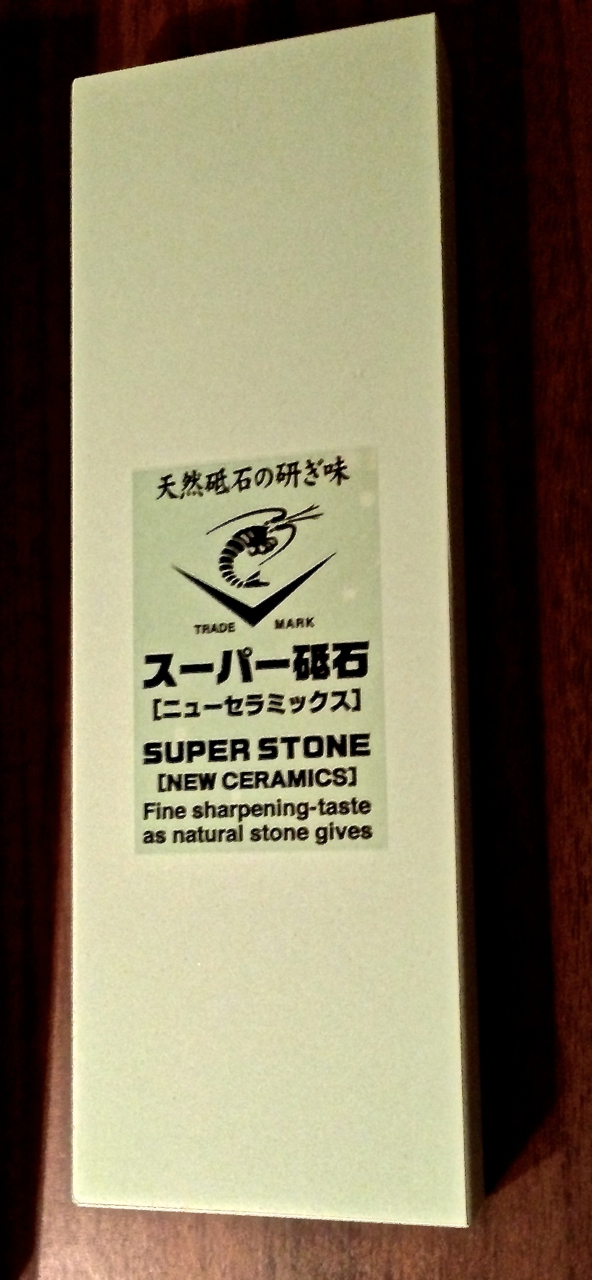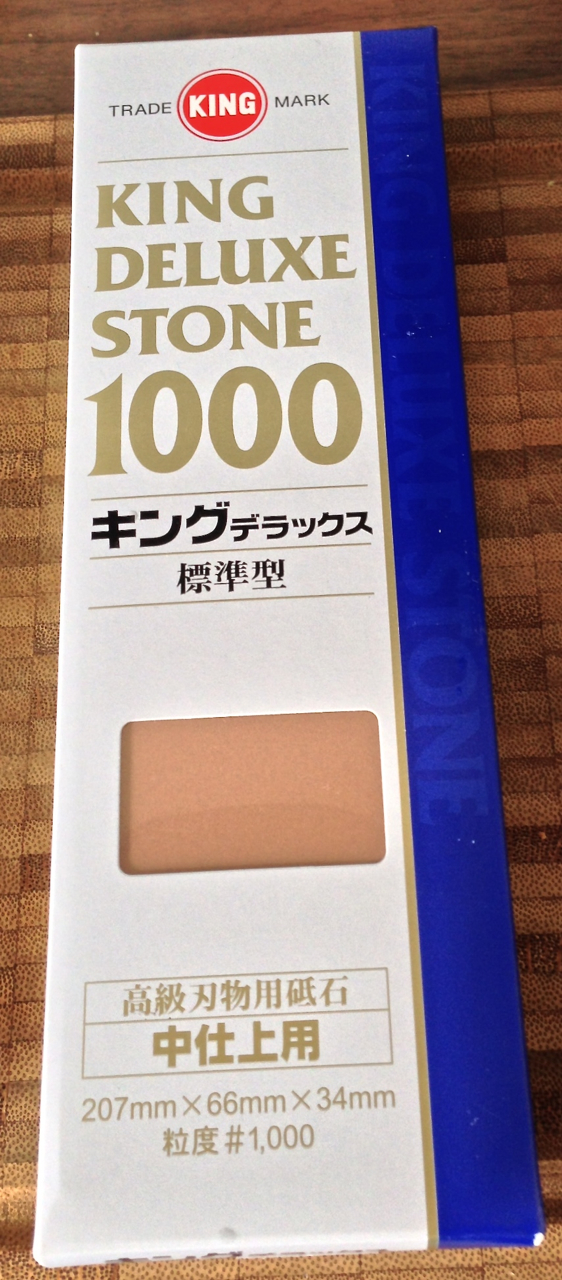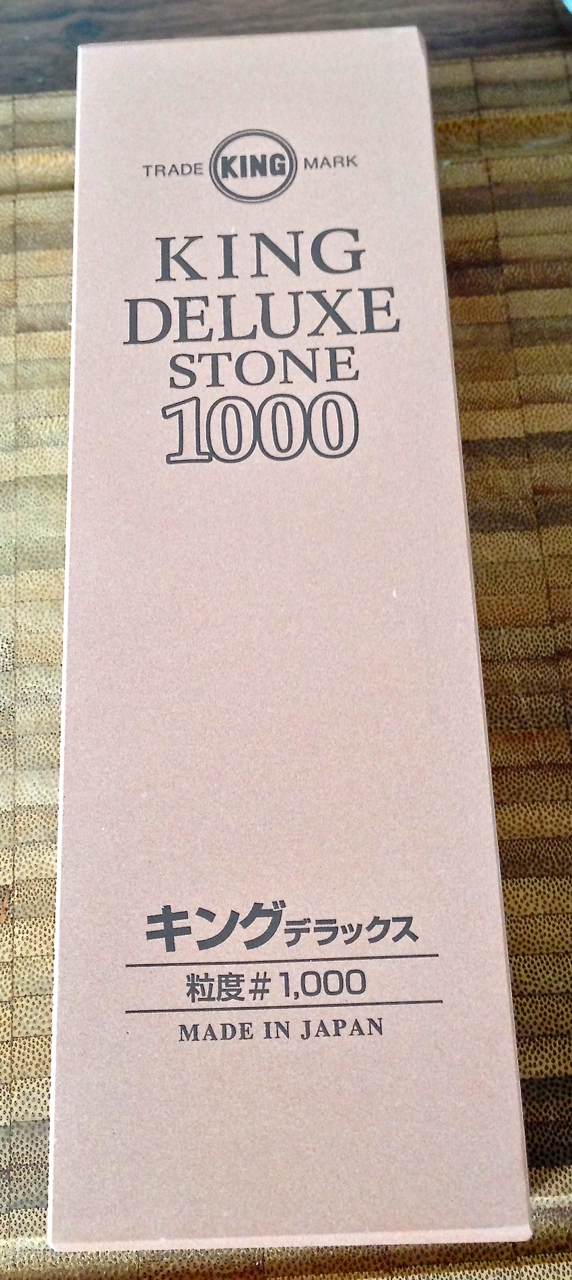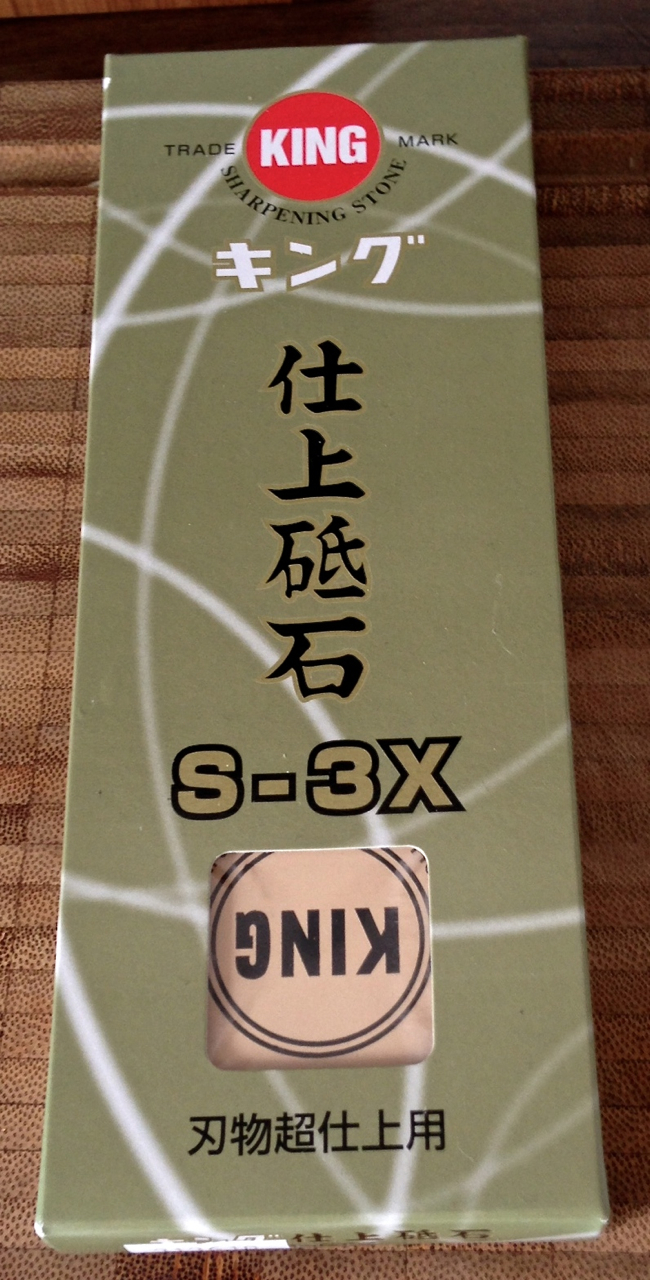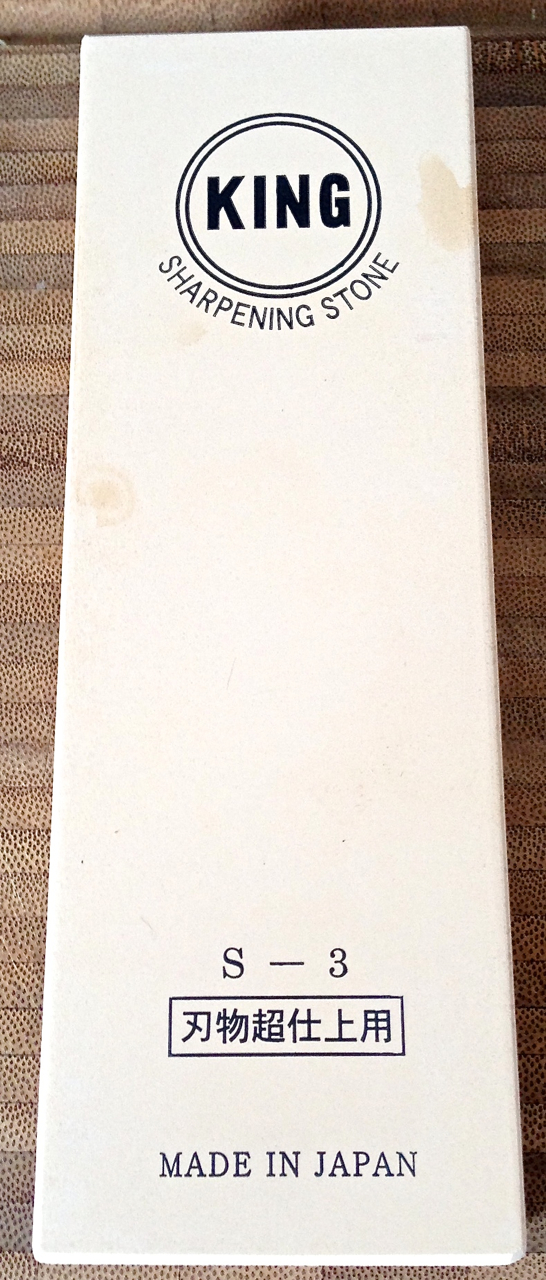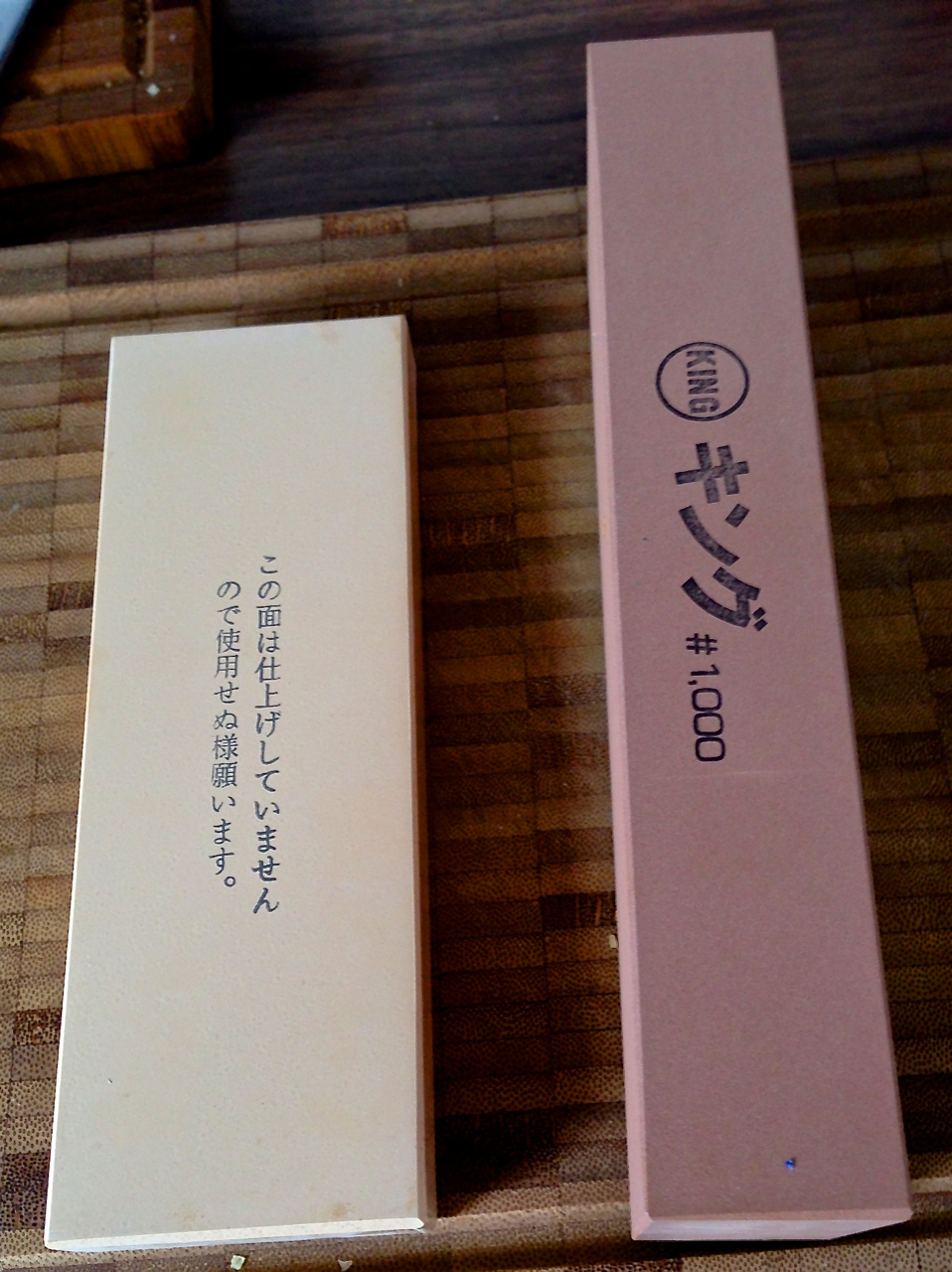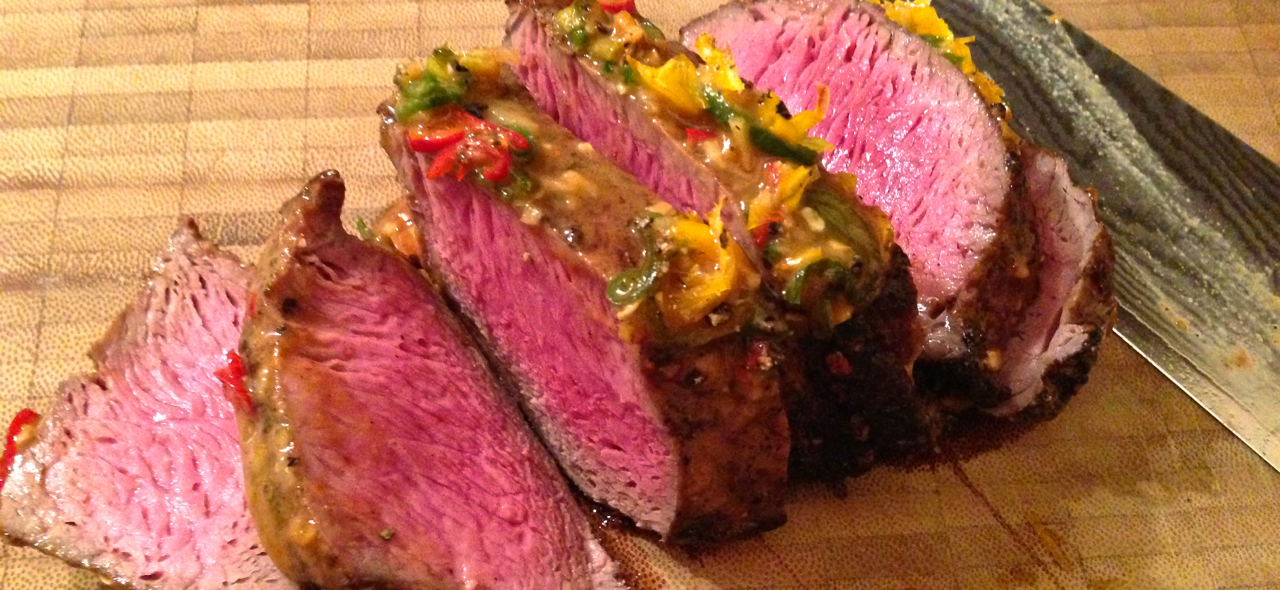Pssst!
Hey dude I got this special green stuff that came out of Japan.
I swear this it will keep you really on edge.
Ok get your mind out of the funny tree business and start thinking about that precious knife you purchased and how you are going bring it to its full potential. I will skip over the mystical stones from some ancient mountain that are blessed by some great Samurai Warriors Sword Maker ( I don't believe in that) and just show what has been working well for me. Don't get me wrong there is a real difference between various types of stones and how well they cut through the harder metals of some better built knives. Of course the larger the stone the more you will also pay just because of the extra material.
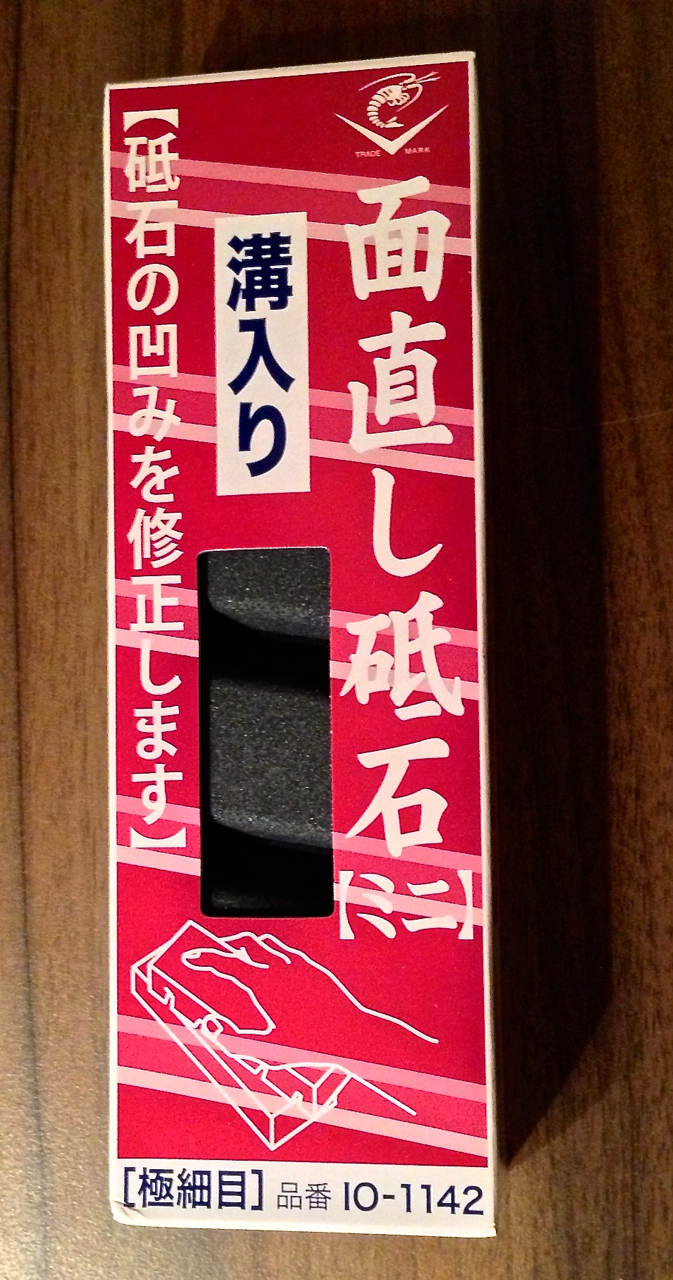
One of the most important tools needed in your sharpening stones is going to be a stone that can be used to flatten you main sharpening stones and also clean the build-up from the actual steel being cut off and loaded into the stone well sharpening. Loading up the stone will greatly reduce the effectiveness of sharpening and greatly increases the chances of pushing harder which will leave an un-even edge. You really do not want that especially free hand sharpening.
Either way this stone I picked up from
Japanese Fine Tools was very cheap and also does a pretty decent job of cleaning up as I go along. It does require a good 30 minutes or so to soak in water before it is ready to use.
Very often my knives are kept in very good condition so I rarely find that I need to go below a 1000 grit in sharpening. Grit is how corse the actual stone is with a higher number being finer and more used toward getting a mirror edge (polish) and or honing.
The main go to stones for most of my sharpening is down to two King Stones. First is almost always the 1000 Stone you see here. It does require a good soaking in the water for at least 30 minuets and usually I will just drop it in a few hours before I am to start my work.
With European knives and their softer steel I can usually achieve a burr in a few strokes to a minute or two with out much effort. Often makes me wonder why they even bother with those silly steels with so many of their knife sets when this requires so little effort. Heck you probably can even just hone on this with a little practice.
With my carbon blades again there is very little effort or time needed on this stone and with the
ZDP-189 Steel knives that I also sharpen that are hardened to 66
(Rockwell Scale Standard)I can usually also get a burr up in a few minutes. Many other stones I have tried is just a futile effort on that steel.
Loading of the stone also seems to be fairly decent with very little flattening or cleaning needed.
On my more normal routine I rarely find myself going down to the 1000 stones on my personal knives more than a few times a year. Usually I just do a very light touch up and I can keep the blades sharp enough to cut tissues paper (no joke).
The King 3K must be my biggest work horse when it comes to sharpening or just maintaing that sharp edge on most of my personal knives. I do find it also needs a good soaking to work its magic the best but rarely do I drop back down to the 1000 for most my routine. I would also recommend this as a good starting point on pretty much most European knives with just a slight lightening of pressure until you achieve a killer edge. On the softer steels going beyond this grit you could start to risk the chances of a wire edge. After finishing up on this stone there should be no problems cutting paper with little effort and possibly some arm hair shaving.
In characteristics it is very much similar to the 1K stone I just mentioned above but it does load up a bit faster so a bit more flattening and cleaning seems to be needed. The steps between 1K and 3K though are very noticeable in feel. If your knife is already getting dull though then the 1k stone would likely be a better option to start with as it seems to just be a bit better at setting up the edge again.
Finally on those special days with that special blade that I want to have a mirrored edge on I turn to the
NANIWA Super 10K Stone with a 10,000 grit. This is the first green stone in this post and really something a bit special. First off the mark and in the characteristic is this stone is soft. You really need to pay attention as it is very easy to cut this stone with a push stroke. That does not mean though it does not cut like a mean mother as it clearly seems to just love the harder steels. Or is it the harder steels like the ZDP-189 simply just can take full advantage of this edge? *This does load up really fast though and requires frequent flattening and cleaning. Soaking time though can almost be splash and go but I find a good 5 minutes is fine.
I would definitely hesitate to recommend this stone for a beginner as even myself I had put a wire edge on one of my knives from simply pressing a little too hard. It took a good magnifying glass and some practice to realize my error and posts on the Kitchen Knife Forum to figure out how could I be going duller after the 3K stone. Anyways that business has long been sorted and now I am left with just the most beautiful mirror edge that I can even put on the softer steel of the regular European Chef knives in the middle to lower 50 Rockwell scale. The edge does last but basically this is just being used to hone rather than sharpen which I find more effective than using the leather strop.
A few trailing strokes on the the 10K stone with basically the weight of the knife is all that one needs to achieve the most evil of edges. It might be my hardest stone to have understood but the rewards are always well worth it. Usually on my main
Yanagiba or
Gyuto Knife I just take 3-6 trailing edges before I go cutting, or storing, leaving the knives with an edge that can whittle hairs clean off the arms.
Basically there is my main go to usage stones that I have often recommended. At least for myself this has come from a lot of trial an error through various stones over the years. Everything from diamond types to oil stones have passed my collection but these three stones have lasted the test of time. I am not suggesting there is no value in some rare and exotic stones and I will likely get a lot of backlash for saying this, though and I am not suggesting this is always the case but exotics myths are like audiophiles with exotic cables. Simply put there is no "real science" to back up what is said and the costs far out weigh the benefits. If you can not get a killer edge after the 10K stone here and some experience, then you simply can not get a good edge.
I do believe though with a good investment in stones that need not cost too much one can really bring their blades to new levels. Most knives out of the box are not up to their full potential and even if they are they will need touch ups to maintain their edge. The stones I have mentioned are fairly reasonable in price and against some store brands an absolute bargain.
Keep it Sharp,
Snap! Snap!
<a href="http://www.dersnap.com/wp-content/uploads/2013/12/Mons-snap.jpg"><img class="alignleft wp-image-79 size-thumbnail" src="http://www.dersnap.com/wp-content/uploads/2013/12/Mons-snap-150x150.jpg" alt="Monsieur-Snap" width="150" height="150" /></a>
Monsieur Snap






